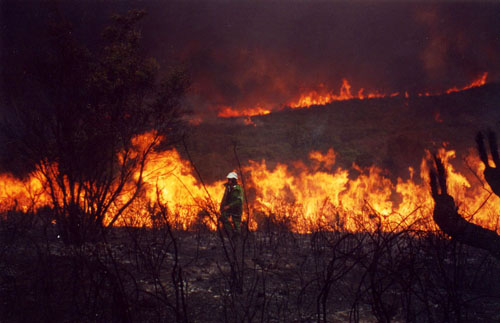- |
Inventory of the majority of arthropod species in the litter community and the establishment
of the Nuyts Collection (approx. 700 species mostly new or undescribed). |
- |
Comparison of species compositions of microhabitats such as forest floor litter, tree butt litter,
hollow butt litter and perched litter/moss microhabitats on logs. |
- |
Comparison of species compositions following differing fire regimes. |
- |
Documentation of the impacts on short-range endemics of differing fire regimes. |
- |
Comparison of taxa such as spiders and beetles as bio-indicators of post-fire responses of the
whole forest floor litter community |
- |
Education of the local community through production of Discovery Centre displays,
talks and photographic field guides.
|
- |
Supply of ecological information to local tour guides and operators. |
- |
Education and attraction of tourists. |
- |
Provision of a large species collection of an entire litter community for the use
of university students, and local and international taxonomic specialists. |
- |
Provision of a database, analysis and report of the species compositions of sites
with different fire ages for the use of fire managers and planners in oldgrowth forest parks to conserve their biodiversity. |
- |
Refining this pilot study method for potential use by regional community
groups throughout Western Australia. |
